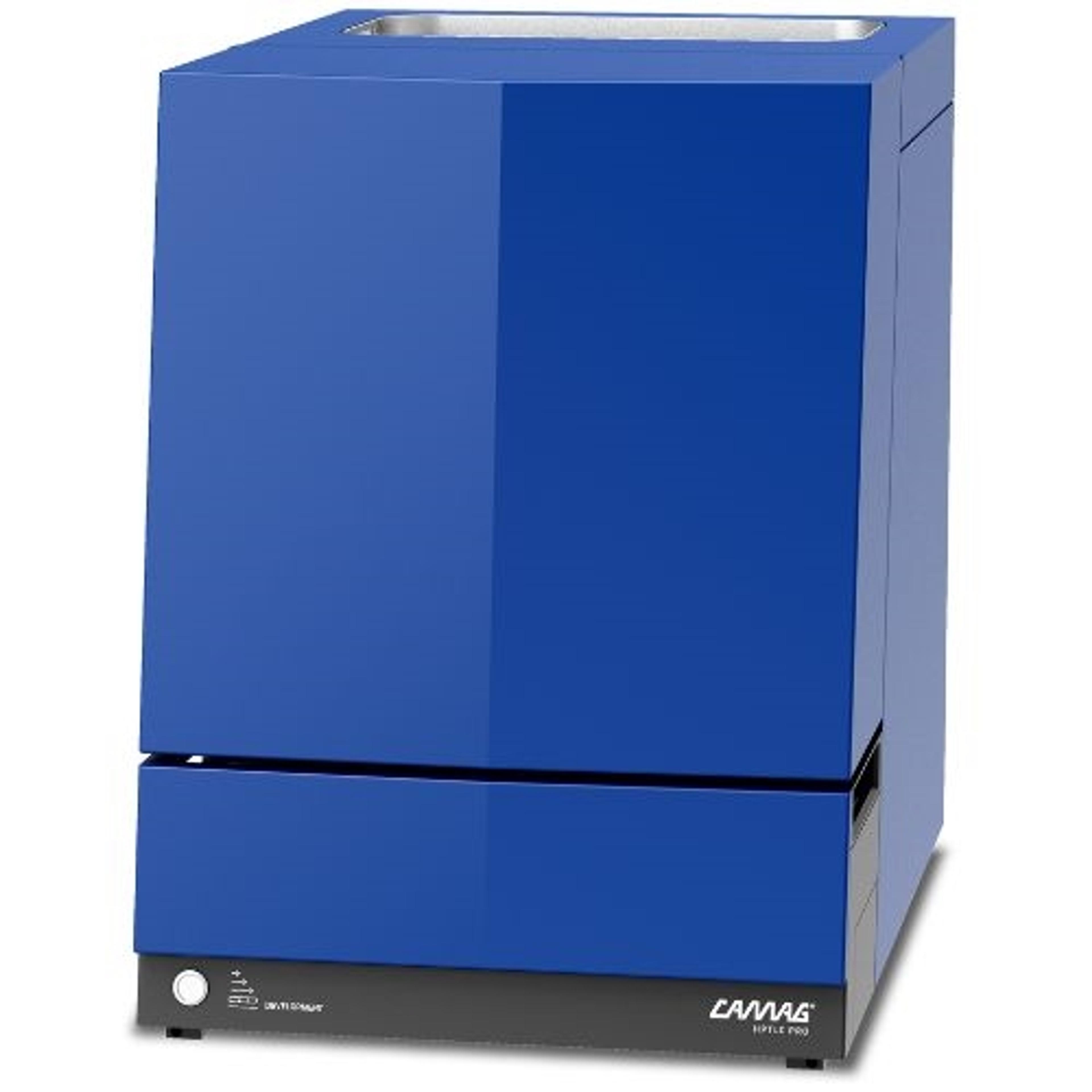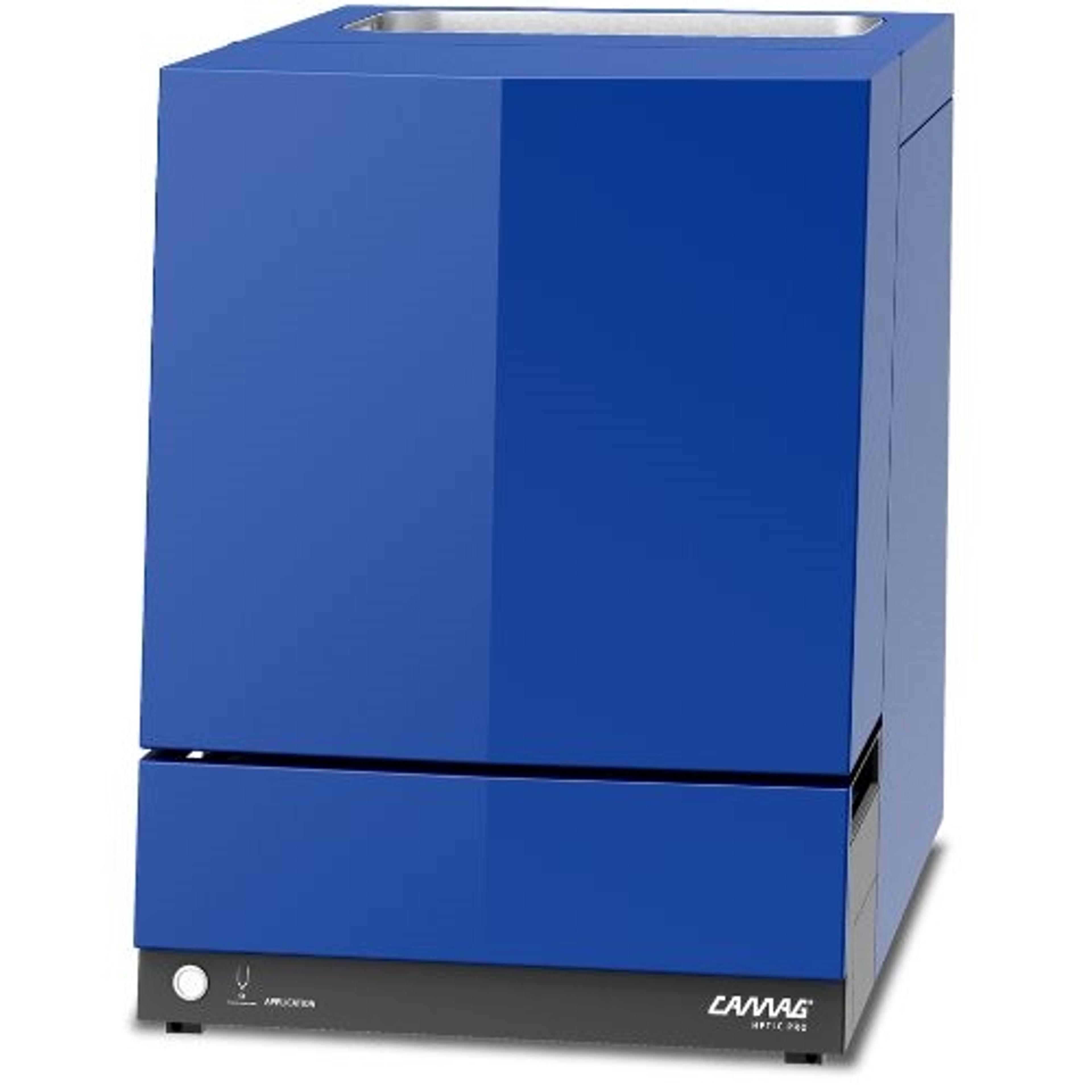Automate your routine QC with high-performance thin-layer chromatography
Join us on Monday, December 14, to discover a new approach to fully automated QC and explore the newest trends in HPTLC instrumentation
30 Nov 2020

As an excellent alternative to GC and HPLC, high-performance thin-layer chromatography (HPTLC) is the method of choice for the analysis of complex and variable samples. HPTLC has proven its value as a reliable quantitative analysis technique for the quality assurance of herbal medicines and dietary supplements, food, pharmaceuticals, cosmetics and many other industrial products.
The HPTLC process consists of four major steps: application, development, derivatization, and detection. Historically, manual intervention was required between each step of the HPTLC process. In this webinar, Dr. Melanie Broszat, Scientific Business Development Manager at CAMAG, will introduce the HPTLC PRO, a fully automated HPTLC sample analysis and evaluation system launched in 2019. Dr. Broszat will present the key applications of the system for routine quality control across multiple disciplines and provide information on the freely available sources of related methods. Current and future trends in HPTLC will also be discussed, as well as the role CAMAG plays in this rapidly accelerating field.
Register nowAttend this webinar to:
- Extend your knowledge about HPTLC and get acquainted with the newest trends in HPTLC instrumentation
- Explore the next level of HPTLC (automation and high reproducibility)
- Get access to available data to perform HPTLC
- Gain insight into the future of detection tools and their evaluation
Who should attend?
- Analysts performing routine QC interested in a cost-effective, alternative separation technique
- Decision-makers and opinion leaders in the field of analytical chemistry
- Specialists interested in HPTLC applications
The live webinar takes place on Monday, December 14, at:
- 15:30 GMT
- 16:30 CET
- 07:30 PST
- 10:30 EST
SelectScience runs 10+ webinars a month across various scientific topics, discover more of our upcoming webinars>>


